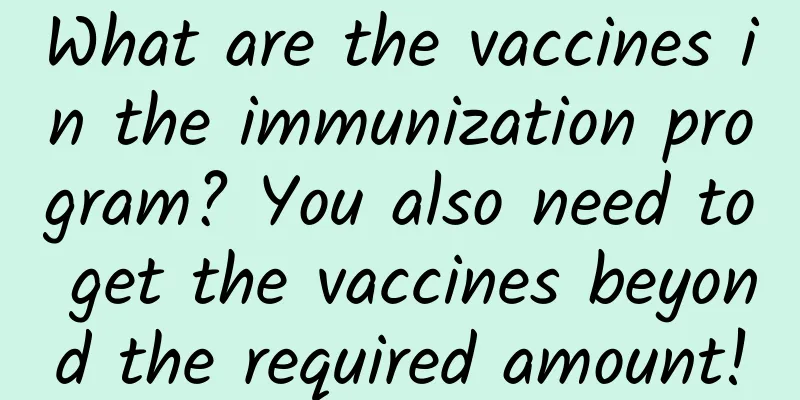Use Node.js to segment text content and extract keywords

|
Articles translated by Zhongcheng have tags. Users can quickly filter articles of interest based on tags, and articles can also be recommended based on tag associations. However, the tags of Zhongcheng Translation are set when recommending articles, and they are all in English. Moreover, manual settings are inevitably irregular and incomplete. Although articles can be manually edited after publication, we cannot expect users or administrators to edit appropriate tags all the time, so we need to use tools to automatically generate tags. Among the current open source word segmentation tools, jieba is a powerful and high-performance word segmentation component. Fortunately, it has a node version. The installation and use of nodejieba is very simple:
We can load our own dictionary and set the weight and part of speech for each word in the dictionary: Edit user.uft8
Then load the dictionary through nodejieba.load.
In addition to word segmentation, we can use nodejieba to extract keywords:
The output is similar to the following:
We add some new keywords to the dictionary:
The output is as follows:
On this basis, we use a whitelist approach to filter out some words that can be used as tags:
***get:
This is what we want. The above is the basic usage of the nodejieba word segmentation library. In the future, we can use it to automatically analyze and add corresponding tags to the translations published by Zhongcheng Translation to provide a better user experience for translators and readers. |
<<: A brief introduction to MVP's practical exercises to make the code structure simpler~
>>: Analysis and application of WebView cache principle
Recommend
Recommended tea drinking and tasting studios worth trying in Chengdu in 2022. Private contact information to lead the way
Contact for Chengdu Tea Tasting Studio: [181.8091...
Exclusive interview with OneAPM COO Cheng Xianfeng: Why do we need APM?
Nowadays, the word "smart" is mentioned...
Fourth in the world! He led the team to conquer chlortetracycline and broke the US monopoly
In January 1956, the CPC Central Committee decide...
How to do high-quality marketing?
2014 was a boom year for mobile healthcare. Accor...
How to use fastboot to flash the original image to Android
If your phone has an unlocked bootloader, you can...
Android 12's new theme system exposed: greatly improved appearance
If we follow Google's usual tradition, inform...
World Glaucoma Day | Do you often turn off the lights and look at your phone before going to bed? Beware of this vision "thief"!
Turn off the lights and play with your phone It i...
Following the "Three Thousand Miles of Chang'an", uncovering the splendid cultural heritage of the Three Gorges
"Chang'an 30,000 Miles" has recentl...
Douyin e-commerce product selection strategy, worth 10 million yuan!
Today I will share with you 80 Douyin e-commerce ...
NetQin hopes to clear its name as soon as possible and make full efforts to transform into a platform-based strategy
With the advent of the mobile Internet era, more ...
What are the techniques for promoting soft articles on Weibo?
Nowadays, the Internet industry is developing rap...
The latest policy on rural car subsidies in 2022: When will it start? How much subsidy is there for each car?
In recent years, due to the impact of the COVID-1...
Santonban and Yuanqi Forest’s popular online brand methods
01Best sellers require new technologies Technolog...
Xianyu attracts mom fans + sells goods to make money and earns 30,000+ a month (practical video tutorial)
Xianyu attracts mom fans + sells goods to make mo...
A girl was electrocuted while charging and her internal organs were damaged. She is facing amputation. You should know the correct way to charge your phone!
Recently, a shocking electric shock tragedy occur...









